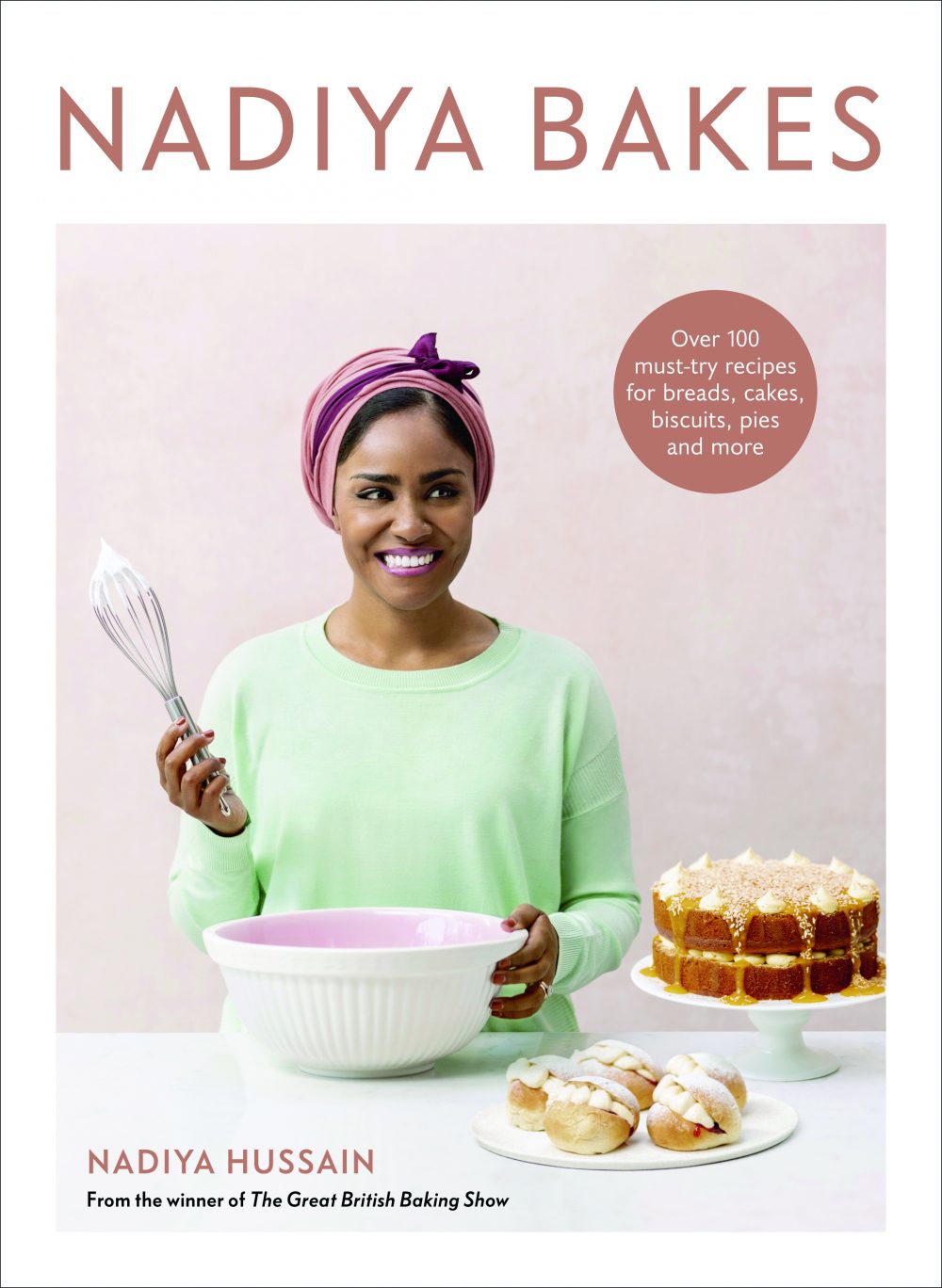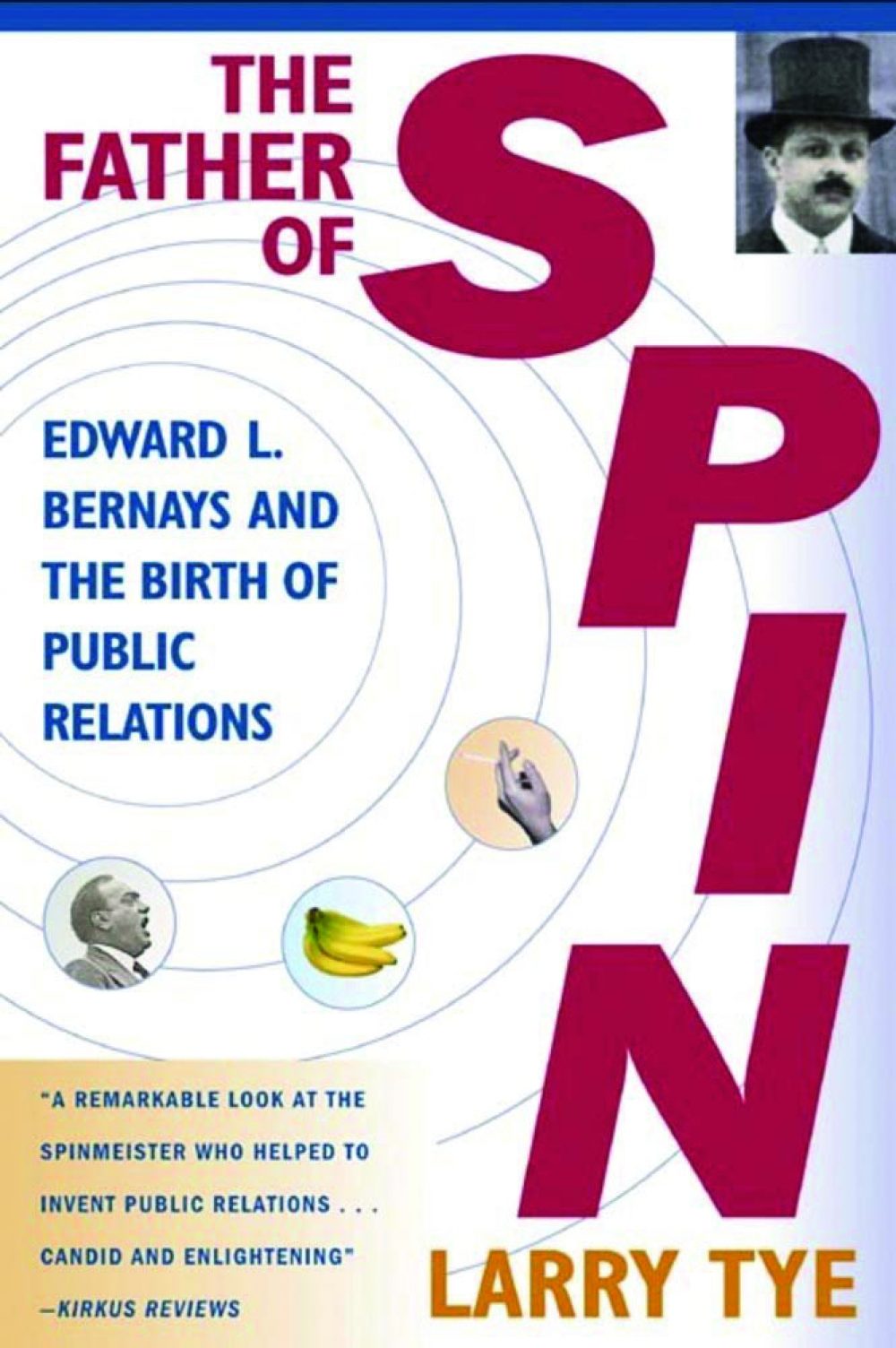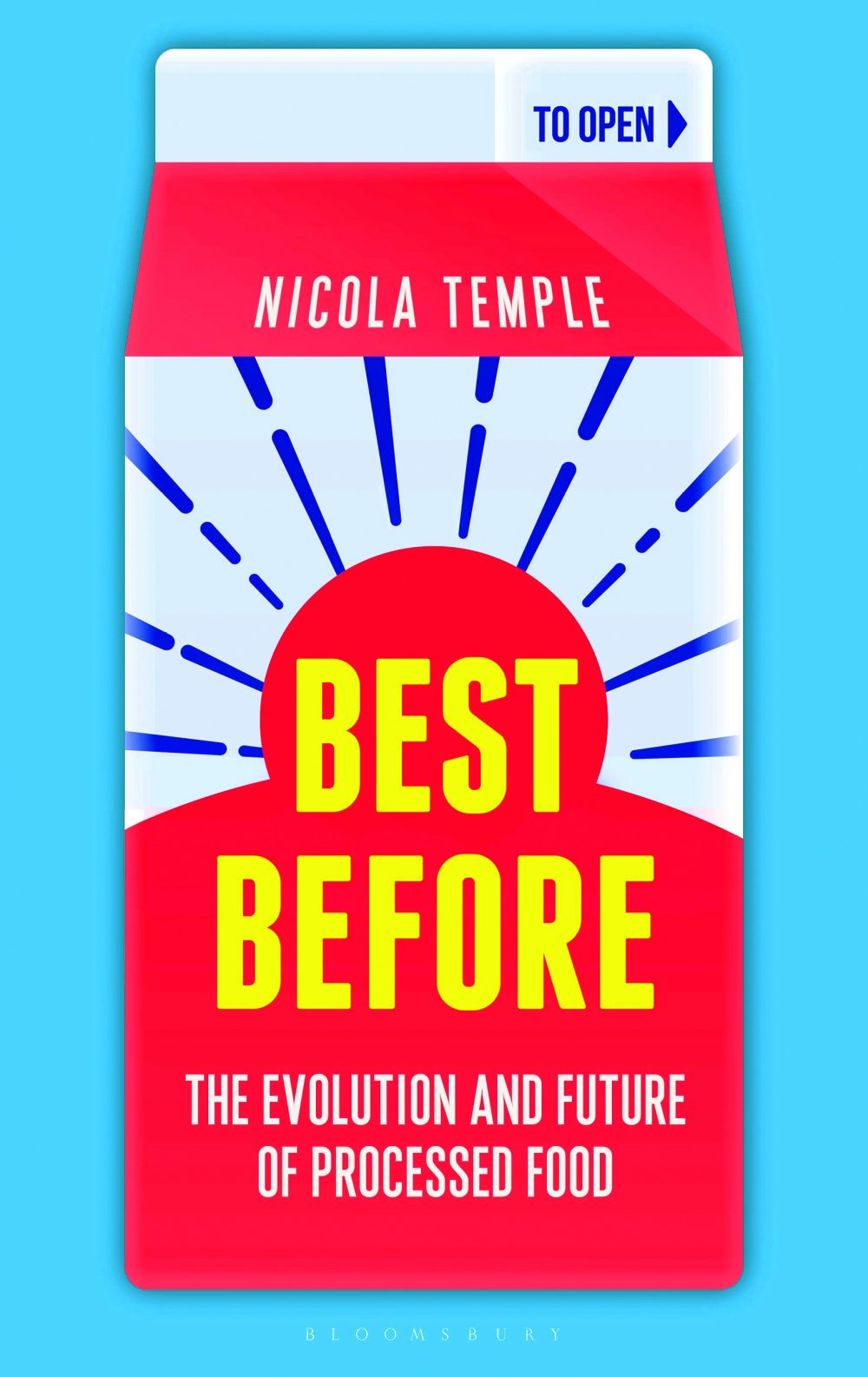
Nadiya Hussain won “The Great British Bake-Off” in 2015 with her entry “My Big Fat Wedding Cake”—notable, since her marriage was arranged in Bangladesh and a wedding cake was not part of the tradition. She also baked Queen Elizabeth’s 90th birthday cake, a three-tier orange drizzle cake with more than a hint of Salvador Dalí. (One expert suggested that Hussain has “done more for British-Muslim relations than 10 years of government policy.”) Hussain’s cooking draws influences not only from Bangladesh, but also Lebanon, England, New Orleans, Japan and beyond. And it’s thoroughly modern—she makes vegan mousse using aquafaba (the liquid in which canned chickpeas are packed). She also loves to use headscarves as mood rings, the color reflecting that day’s point of view. All in all, Hussain is a prolific, fun cook; her recipes reflect the joy of cultural mishmash, from turning pumpkin pie into carrot tart to constructing a mango and coconut yogurt cake with German buttercream. A second-generation Bangladeshi in England, Hussain has walked a cultural tightrope, but this engenders a respect for tradition married to a playful love of mixing it up.
I am obsessed with Edward Bernays, and you should be, too. The nephew of Sigmund Freud, Bernays invented modern PR and advertising just after WWI using many of his uncle’s theories about human behavior. He was a genius at manipulating public opinion. When Lucky Strike asked him to get more women to smoke, he invited 30 debutantes to parade down Fifth Avenue in front of a gaggle of reporters, then light up their cigarettes
and proclaim them “torches of freedom.” To sell bacon, he contrived the notion of the classic American breakfast of bacon and eggs. Bernays even spruced up President Calvin Coolidge’s image by inviting Broadway performers to the White House for breakfast and a photo op—the headline read, “Actors Eat Cakes with the Coolidges ... President Nearly Laughs.” Bernays wrote that “emphasis by repetition gains acceptance for an idea, particularly if the repetition comes from different sources.” Unfortunately, Joseph Goebbels used these teachings for Nazi propaganda. Larry Tye hints that Bernays was secretly proud of this, but that may be a bridge too far. What is clear is that the manipulation of public opinion has become a science, one that delivers riches to those who do it well.


Nicola Temple wants to rehabilitate the term “processed food,” since virtually all food—including applesauce and kimchi—is processed. So get over it! The real question is how food is processed. When producers of pre-grated Parmesan were accused of bulking up their product with wood pulp, they were actually using cellulose, the main component of plant cell walls. Aspartame, the sugar substitute, was decried as a cancer risk, yet the National Cancer Institute’s study of half a million consumers raised no concerns, and in 2013 the European Food Safety Authority concluded that it was safe for human consumption. Frozen foods offer 47 percent less food waste and often are healthier, since they are processed within hours of harvest. By contrast, cut-up fresh vegetables rapidly lose nutrients. “After two days in cool storage, cut celery has about half the vitamin C content of its whole counterpart and cut carrots have one-fifth as much,” she notes. Bread bakers have added nitrogen dioxide, chlorine dioxide, chlorine and peroxides to flour to speed up whitening of the flour (which takes months if done naturally) and to increase gluten. But Temple is quick to point out that no studies have shown a link between bread consumption and obesity. The point is clear: Processing is almost always necessary, but may not be a bad thing. It’s left to the consumer to discern fact from fiction.





